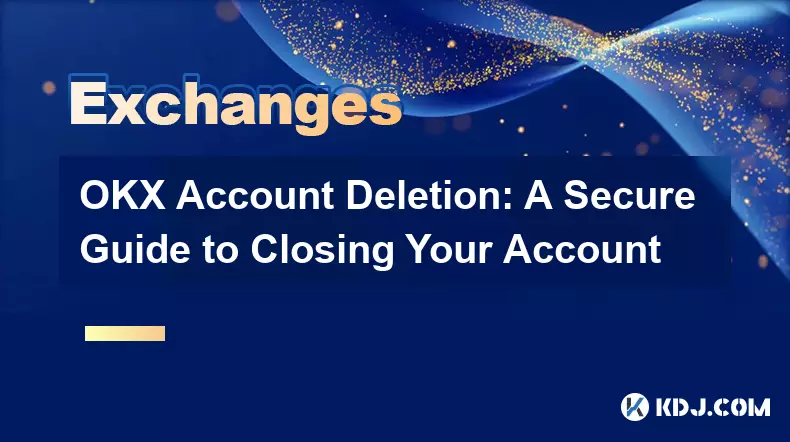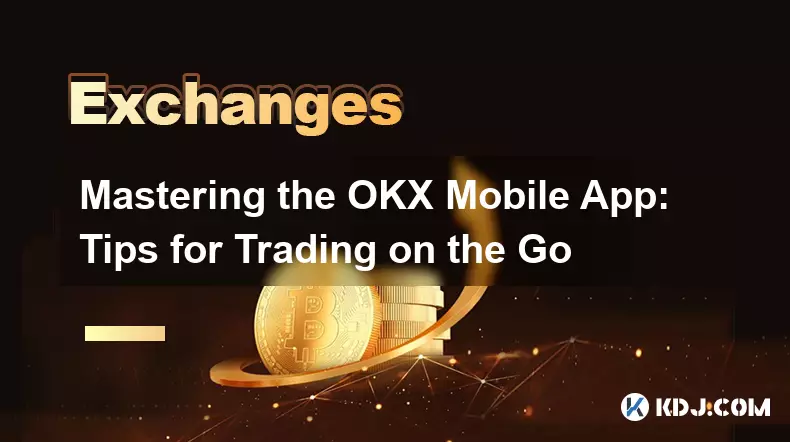-
 bitcoin
bitcoin $99177.955738 USD
-7.32% -
 ethereum
ethereum $3187.183061 USD
-12.38% -
 tether
tether $0.999809 USD
0.00% -
 xrp
xrp $2.117933 USD
-9.42% -
 bnb
bnb $906.710033 USD
-9.17% -
 solana
solana $149.367737 USD
-10.74% -
 usd-coin
usd-coin $0.999816 USD
0.01% -
 tron
tron $0.281498 USD
-0.38% -
 dogecoin
dogecoin $0.156292 USD
-8.00% -
 cardano
cardano $0.500744 USD
-10.19% -
 hyperliquid
hyperliquid $38.087358 USD
-4.58% -
 chainlink
chainlink $14.097831 USD
-8.54% -
 bitcoin-cash
bitcoin-cash $463.329916 USD
-9.22% -
 ethena-usde
ethena-usde $0.999078 USD
-0.01% -
 unus-sed-leo
unus-sed-leo $9.475862 USD
-0.79%
Understanding Coinbase Fees: A Complete Breakdown to Save You Money.
Coinbase fees vary by payment method, location, and transaction size, with hidden costs in conversions due to spread markups, but strategies like using bank transfers and consolidating trades can reduce expenses.
Nov 05, 2025 at 09:09 am

Understanding Coinbase Transaction Fees
1. Coinbase applies transaction fees whenever users buy, sell, or convert cryptocurrencies on its platform. These fees vary depending on the payment method, location, and transaction size. Credit and debit card purchases generally incur higher fees due to their instant processing nature and associated risks. Bank transfers, while slower, are more cost-effective for larger transactions.
2. The fee structure is transparent but dynamic, calculated in real time based on network congestion and trading volume. Users see the exact fee before confirming any trade. This model ensures fairness but requires attention during high-volatility periods when costs can spike unexpectedly.
3. Fees are typically a percentage of the transaction amount, ranging from 0.5% to 4.5%, with additional fixed charges for small orders. For example, a $10 purchase might include a $0.99 flat fee, making the total cost disproportionately high compared to a $500 transaction at the same rate.
4. Geographic differences also influence pricing. U.S.-based customers often benefit from lower fees than those in Europe or Asia due to regulatory frameworks and local competition. Payment processors like Visa or Mastercard may impose surcharges that Coinbase passes through to users.
5. Advanced traders using Coinbase Pro (now part of Coinbase Exchange) access a tiered fee schedule based on 30-day trading volume. Market makers who provide liquidity pay lower or even zero fees, while takers pay a sliding scale up to 0.60%. This system rewards frequent activity and reduces long-term costs significantly.
Hidden Costs in Coinbase Conversions
1. When converting one cryptocurrency to another within a Coinbase wallet, users encounter spread-based pricing. The platform adds a markup to the mid-market rate, which functions as an invisible fee. This spread can range from 0.5% to over 2%, especially for less liquid assets.
2. Many users overlook this embedded cost, assuming conversions are free because no direct fee is displayed. In reality, the difference between the quoted price and the true market value represents a significant expense over repeated trades.
3. Timing impacts conversion efficiency. Executing swaps during off-peak hours—such as weekends or late-night sessions—can reduce slippage and narrow spreads. Automated tools like recurring buys avoid emotional decisions but still reflect these hidden premiums.
4. Stablecoin exchanges, such as moving from USDC to DAI, appear risk-free but still carry spread costs. Although both tokens track the dollar, minor fluctuations and platform pricing models create discrepancies that erode value incrementally.
5. Third-party audits have confirmed that Coinbase’s conversion engine prioritizes internal matching over external exchange rates, meaning trades occur within its ecosystem rather than sourcing the best available global price. This control allows tighter margins and consistent revenue generation.
Strategies to Minimize Fees on Coinbase
1. Upgrading to a verified account with higher limits enables access to lower fee tiers and better exchange rates. Verification involves submitting government ID and proof of address, unlocking features like increased withdrawal caps and reduced processing charges.
2. Using ACH bank transfers instead of cards slashes fees dramatically. While deposits take 3–5 business days, the savings justify the wait for non-urgent transactions. Withdrawals back to bank accounts follow the same principle.
3. Scheduling large purchases during low-volatility periods helps secure tighter spreads and predictable pricing. Monitoring Bitcoin or Ethereum price stability offers clues about optimal entry points across all digital assets.
4. Consolidating multiple small trades into fewer, larger ones reduces the impact of fixed fees. Instead of buying $25 worth of ETH daily, accumulating funds for a weekly $175 purchase cuts per-dollar costs substantially.
5. Leveraging Coinbase Earn and referral bonuses provides credits that offset future fees. Completing educational modules earns free crypto, which can be sold or held without incurring initial purchase charges.
Frequently Asked Questions
What causes sudden increases in Coinbase fees?Sudden spikes often result from elevated network demand or rapid price movements. During bull runs or major news events, user activity surges, prompting Coinbase to adjust pricing dynamically. Payment method choice also plays a role—switching from bank transfer to card at the last moment triggers higher charges.
Does holding more crypto on Coinbase reduce fees?Holding balances does not directly lower fees. However, active trading volume tied to an account influences rates on Coinbase Exchange. Users moving substantial amounts over 30 days qualify for reduced maker-taker fees, incentivizing engagement regardless of wallet balance.
Are there alternatives to avoid Coinbase fees entirely?Decentralized exchanges like Uniswap or dYdX allow peer-to-peer trading with only blockchain gas fees. These platforms require self-custody wallets and technical familiarity but eliminate intermediary markups. Cross-chain bridges and Layer 2 solutions further reduce costs by operating outside congested mainnets.
How do promo codes affect fee calculations?Promotional credits apply after fees are assessed. For instance, a $10 sign-up bonus will cover part of a transaction's total cost, including fees, but won't alter the underlying rate. Some campaigns waive specific fees, such as first-time purchase charges, providing immediate relief without changing standard pricing logic.
Disclaimer:info@kdj.com
The information provided is not trading advice. kdj.com does not assume any responsibility for any investments made based on the information provided in this article. Cryptocurrencies are highly volatile and it is highly recommended that you invest with caution after thorough research!
If you believe that the content used on this website infringes your copyright, please contact us immediately (info@kdj.com) and we will delete it promptly.
- Bitcoin's Wild Ride: Saylor, Kiyosaki, and the Quest for $200K
- 2025-11-05 10:50:13
- Culex, Cardano, and Aster: A Crypto Cocktail of Mosquitoes, Dips, and CZ Fuel
- 2025-11-05 11:00:17
- Crypto Presales, Coin Growth, and Established Coins: Navigating the 2025 Buzz
- 2025-11-05 11:00:17
- La Culex, Crypto Investment, and Pudgy Penguins: A NYC Perspective
- 2025-11-05 10:30:13
- Zcash Defies Crypto Crash: Reversal Risk on the Horizon?
- 2025-11-05 11:00:01
- Score Big with BetMGM: NBA, NFL, and the TOP150 Bonus Code
- 2025-11-05 08:50:13
Related knowledge

Common Mistakes to Avoid on OKX: A Guide for New Traders
Nov 04,2025 at 03:37pm
Understanding the Interface Before Trading1. New traders often jump into placing orders without fully exploring the OKX platform layout. Taking time t...

OKX TradingView Integration: A Guide to Advanced Chart Analysis
Nov 02,2025 at 03:37am
OKX and TradingView: Bridging the Gap for Professional Traders1. OKX, one of the leading cryptocurrency exchanges, has integrated with TradingView to ...

Finding Your OKX Deposit Address: A Quick and Safe Guide
Nov 05,2025 at 01:15pm
Finding Your OKX Deposit Address: A Step-by-Step Process1. Log into your OKX account using your registered credentials. Ensure you are accessing the o...

OKX Savings Guide: A Low-Risk Strategy for Earning Crypto
Nov 05,2025 at 06:55am
Understanding OKX Savings and Its Role in Crypto Earnings1. OKX Savings offers users a straightforward method to earn passive income by leveraging idl...

OKX Account Deletion: A Secure Guide to Closing Your Account
Nov 05,2025 at 08:44am
Understanding the Implications of Account Closure1. Closing your OKX account permanently removes access to all associated trading features, including ...

Mastering the OKX Mobile App: Tips for Trading on the Go
Nov 05,2025 at 01:19am
Streamlined Navigation for Efficient Trading1. The OKX mobile app features a clean and intuitive interface that allows traders to access key functions...

Common Mistakes to Avoid on OKX: A Guide for New Traders
Nov 04,2025 at 03:37pm
Understanding the Interface Before Trading1. New traders often jump into placing orders without fully exploring the OKX platform layout. Taking time t...

OKX TradingView Integration: A Guide to Advanced Chart Analysis
Nov 02,2025 at 03:37am
OKX and TradingView: Bridging the Gap for Professional Traders1. OKX, one of the leading cryptocurrency exchanges, has integrated with TradingView to ...

Finding Your OKX Deposit Address: A Quick and Safe Guide
Nov 05,2025 at 01:15pm
Finding Your OKX Deposit Address: A Step-by-Step Process1. Log into your OKX account using your registered credentials. Ensure you are accessing the o...

OKX Savings Guide: A Low-Risk Strategy for Earning Crypto
Nov 05,2025 at 06:55am
Understanding OKX Savings and Its Role in Crypto Earnings1. OKX Savings offers users a straightforward method to earn passive income by leveraging idl...

OKX Account Deletion: A Secure Guide to Closing Your Account
Nov 05,2025 at 08:44am
Understanding the Implications of Account Closure1. Closing your OKX account permanently removes access to all associated trading features, including ...

Mastering the OKX Mobile App: Tips for Trading on the Go
Nov 05,2025 at 01:19am
Streamlined Navigation for Efficient Trading1. The OKX mobile app features a clean and intuitive interface that allows traders to access key functions...
See all articles










































































